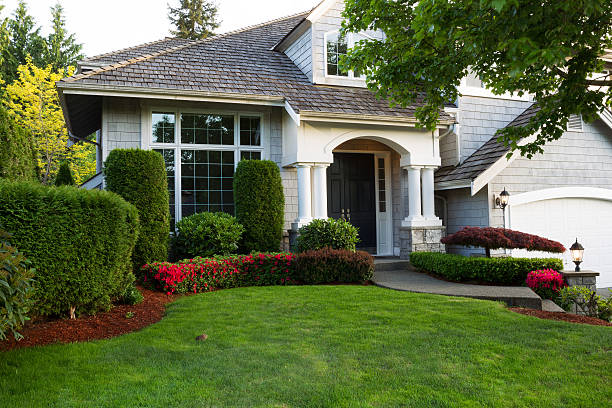
Technology continues to dominate household chores with new AI-powered cleaning devices. Robotic vacuums and mop bots are more accurate and adaptive, saving time with minimal human input.
Voice-controlled cleaning devices are gaining popularity among tech-savvy homeowners. They easily connect to smart home systems, allowing users to schedule cleanups remotely with just a simple command.
Smart sensors in vacuums detect dirtier spots and adjust suction power. These improvements help people maintain cleaner homes without manually checking every corner or room.
More people are switching to green cleaning products to protect the environment. Brands now offer plant-based, biodegradable formulas that are safe for kids, pets, and the planet.
Sustainable packaging is another rising trend in 2025. Refillable bottles, concentrated pods, and zero-waste containers are favored by eco-conscious buyers aiming to reduce plastic use.
Natural ingredients like vinegar, lemon, and baking soda remain popular choices. DIY cleaning solutions are also resurging, especially among households avoiding harsh chemicals.
Convenience is key in 2025, and subscription-based cleaning services are booming. These services offer routine visits that help maintain cleanliness without constant scheduling.
Customized plans are tailored for different needs—weekly, monthly, or seasonal deep cleaning. This flexibility is ideal for busy households or elderly clients requiring regular support.
Modern services also include digital apps for managing appointments. With a tap, users can choose cleaners, track visits, and provide special instructions for specific rooms or items.
As minimalism grows in popularity, people clean not just for hygiene, but also for mental clarity. Fewer items mean faster cleanups and reduced visual clutter around the house.
Decluttering is a central practice in minimalist cleaning. People discard or donate items they no longer use, making spaces feel larger, more functional, and easier to maintain.
Surfaces are kept clear of extra decor, allowing for quicker dusting. This aesthetic trend supports easier upkeep and a more peaceful, calming environment at home or in offices.
Post-pandemic awareness keeps health-focused cleaning in the spotlight. Disinfection routines remain common, especially in shared spaces, childcare centers, and public environments.
Touchpoints like doorknobs, light switches, and remotes are cleaned daily. Specialized sprays and microfiber cloths are used to eliminate bacteria, viruses, and allergens.
Air purification is now part of cleaning routines. Many homes install HEPA-filter purifiers that remove dust, mold spores, and pet dander to promote better breathing indoors.
Smart cleaning saves time, improves efficiency, and integrates easily with smart homes, making it ideal for busy families.
Yes, many eco-friendly products offer the same or better results while being safer for health and the environment.
It depends on your lifestyle—weekly for active families, monthly for routine upkeep, or seasonally for deep cleaning.
Minimalist cleaning emphasizes using fewer tools and removing clutter to simplify cleaning and create a tidy space.
Disinfecting high-touch surfaces daily helps reduce germs, especially during flu seasons or in homes with children or elderly.